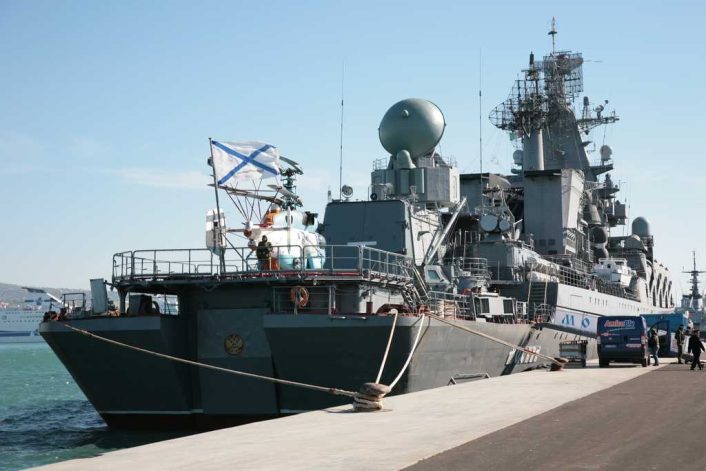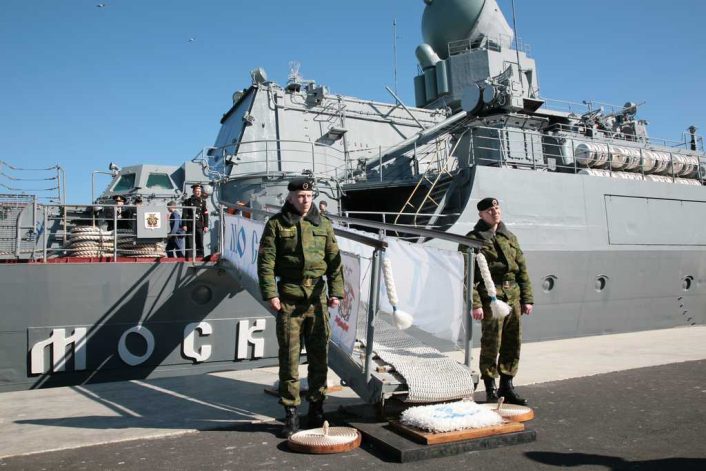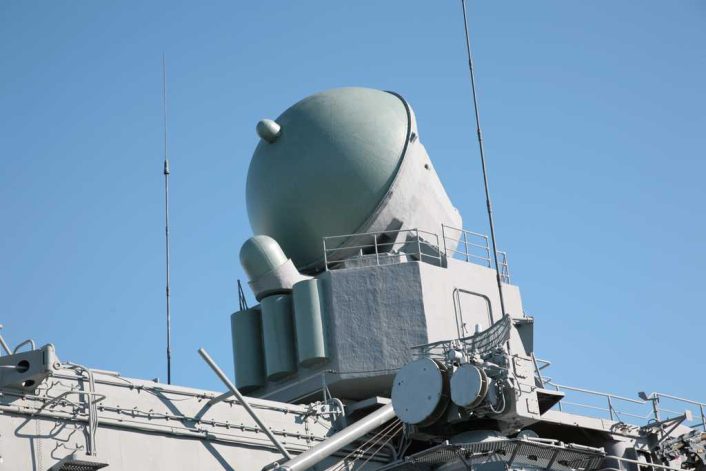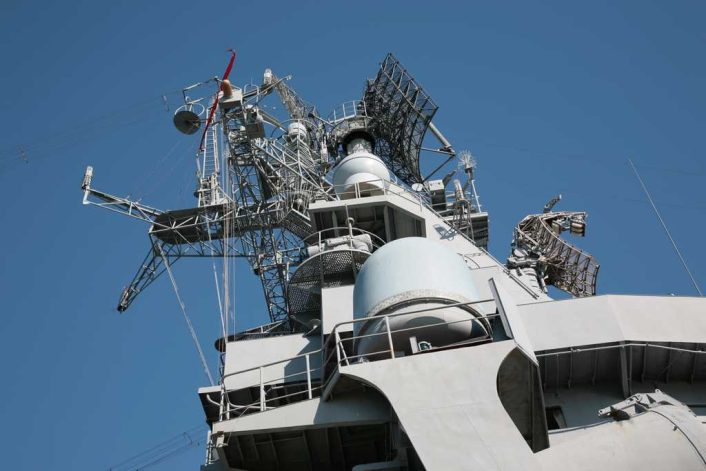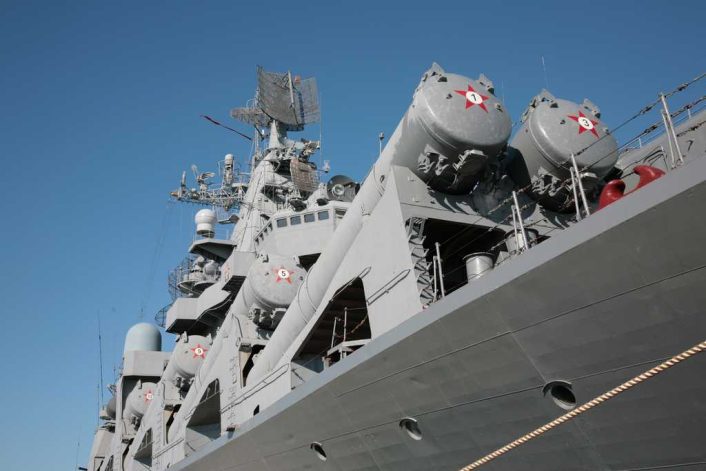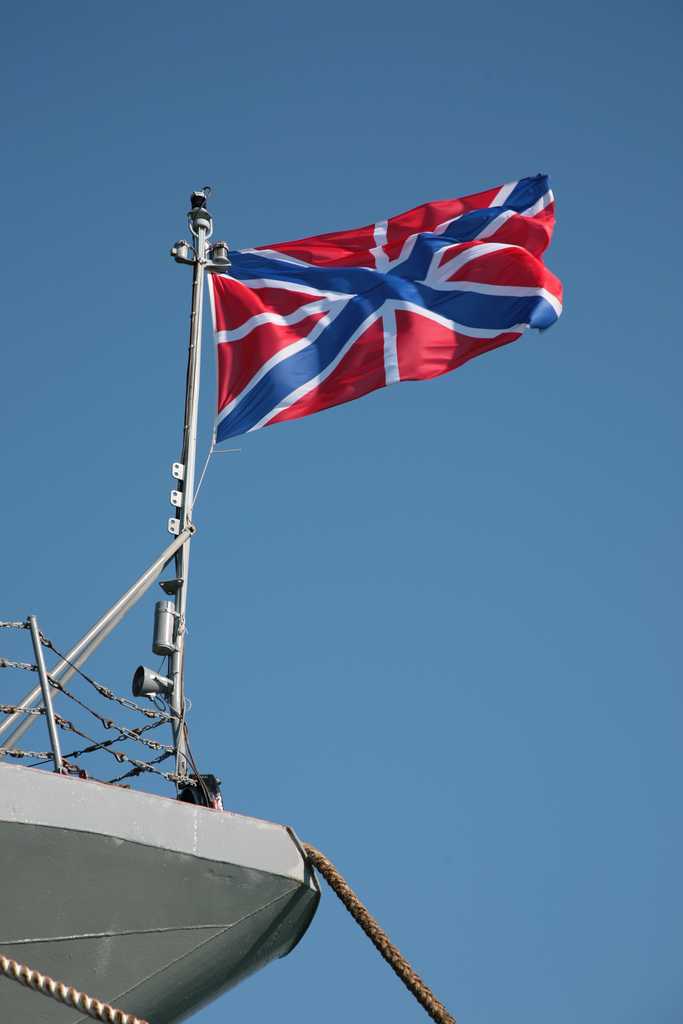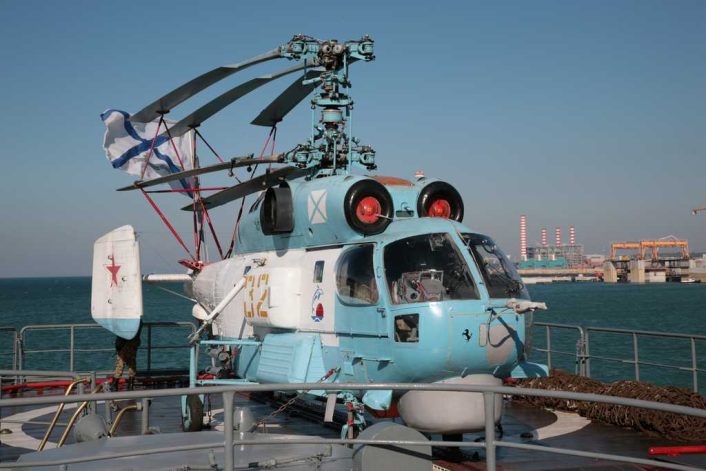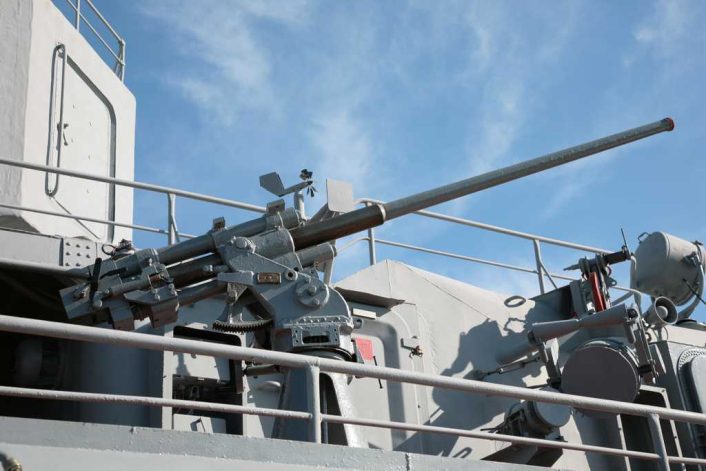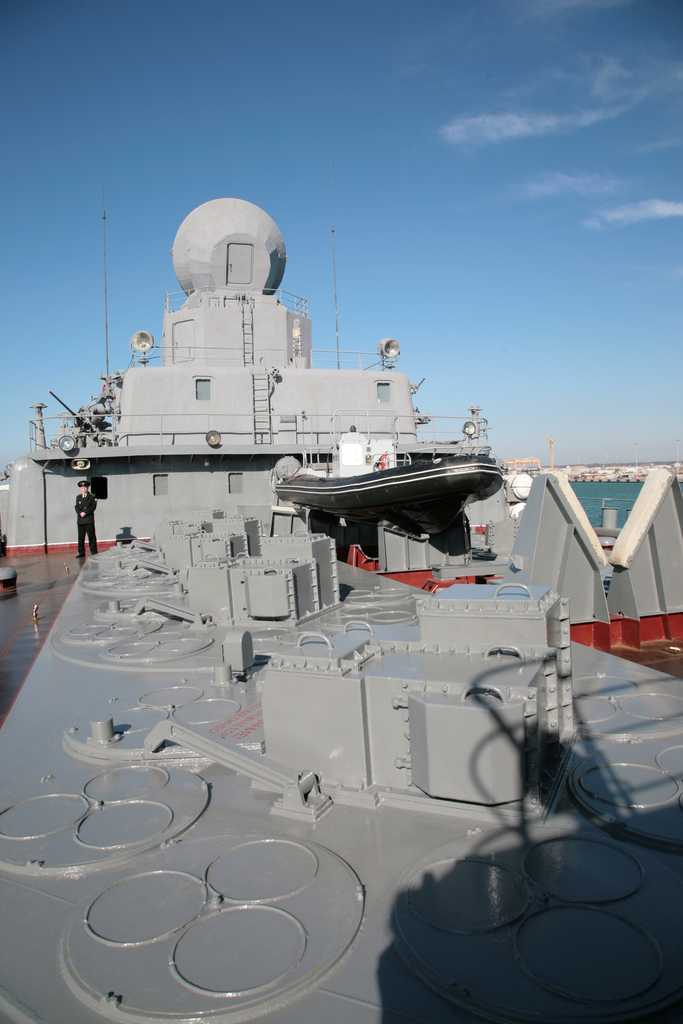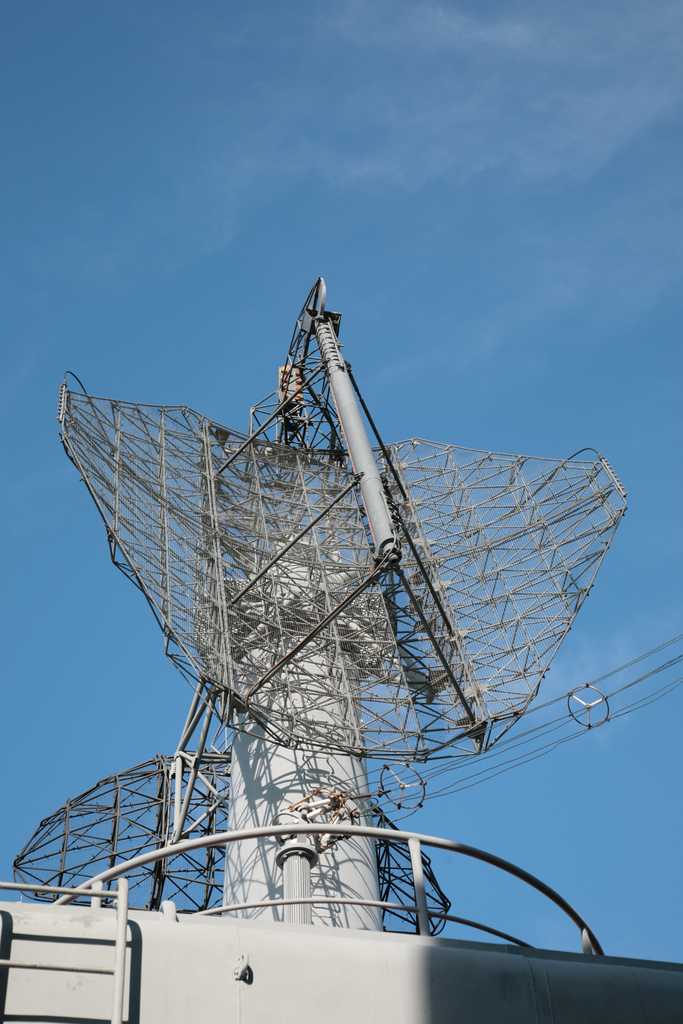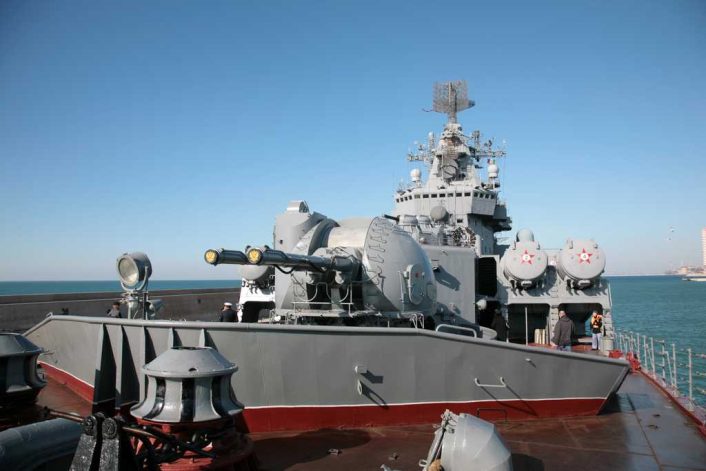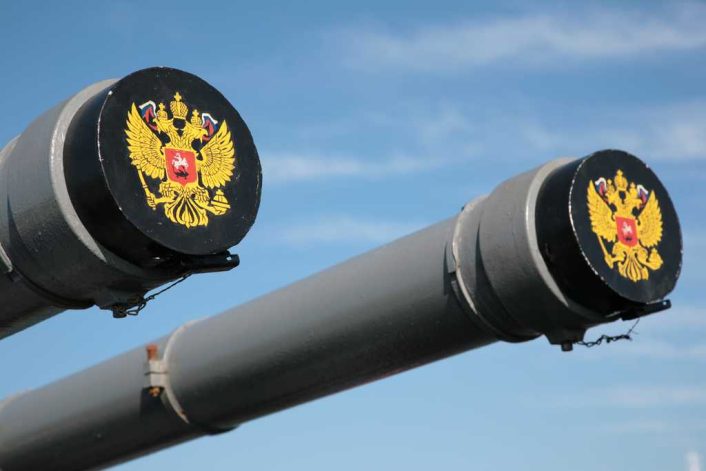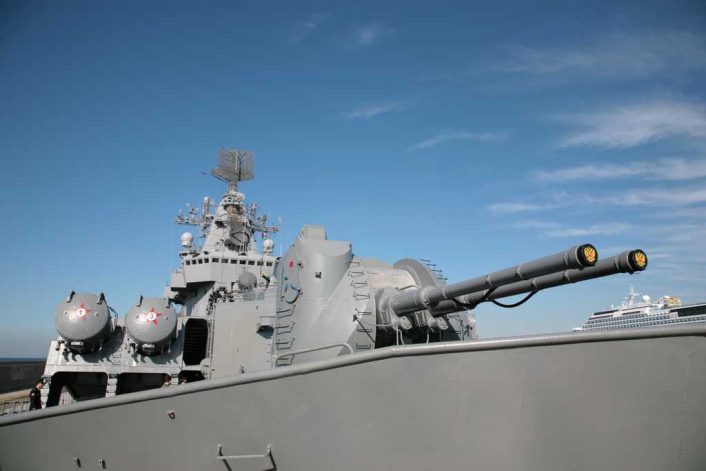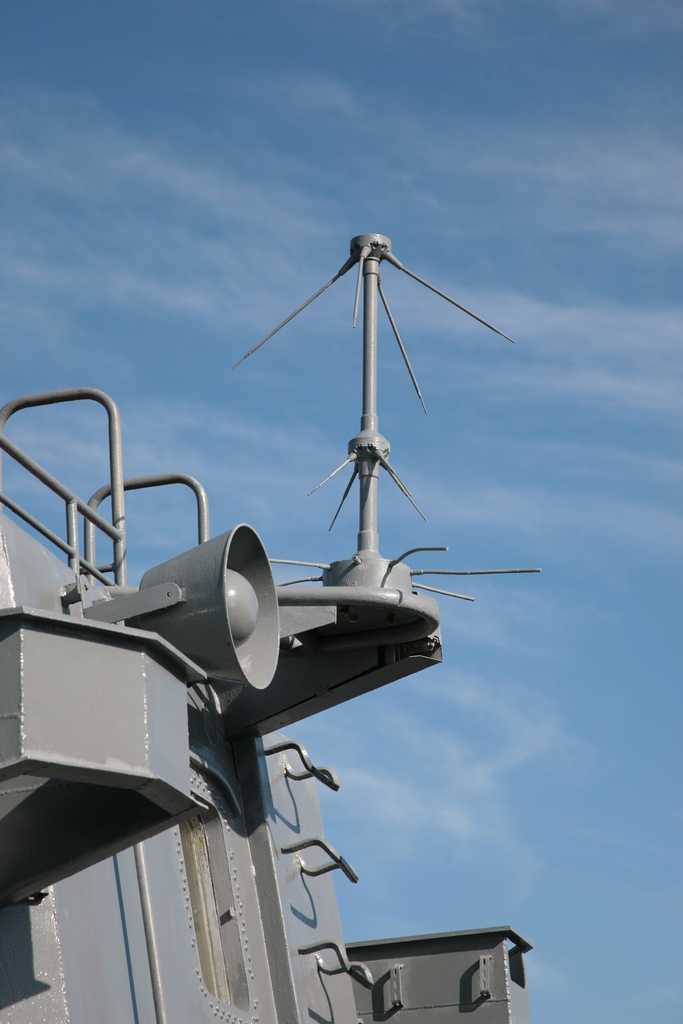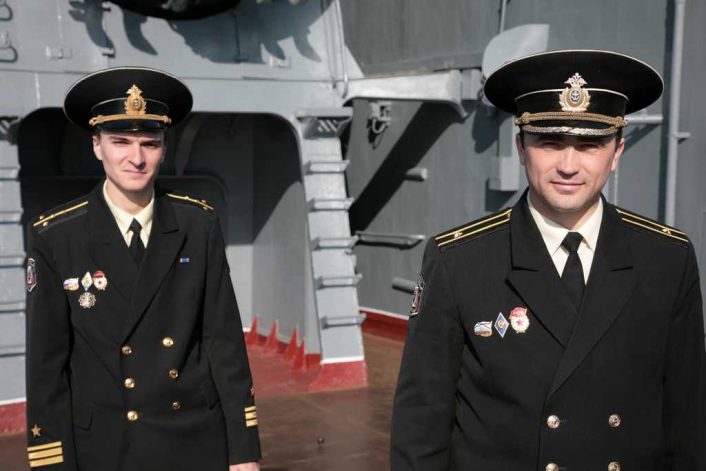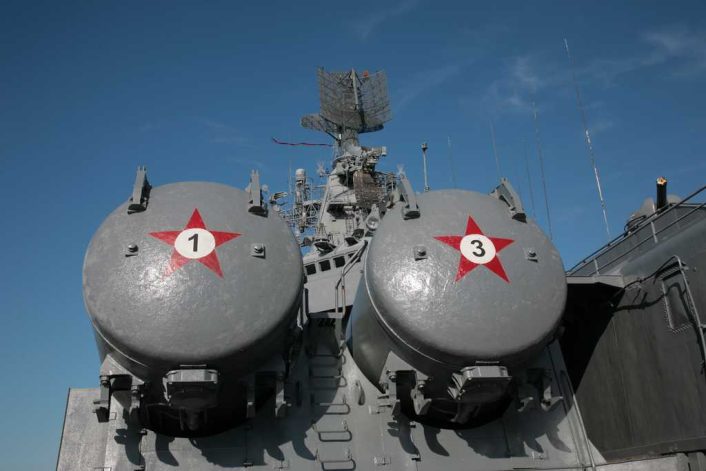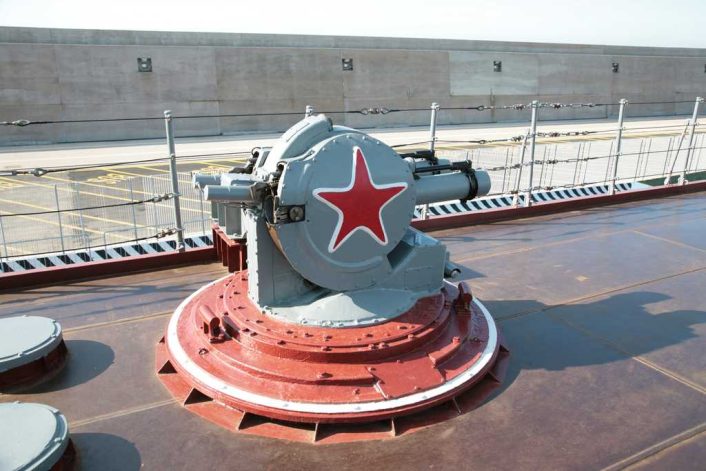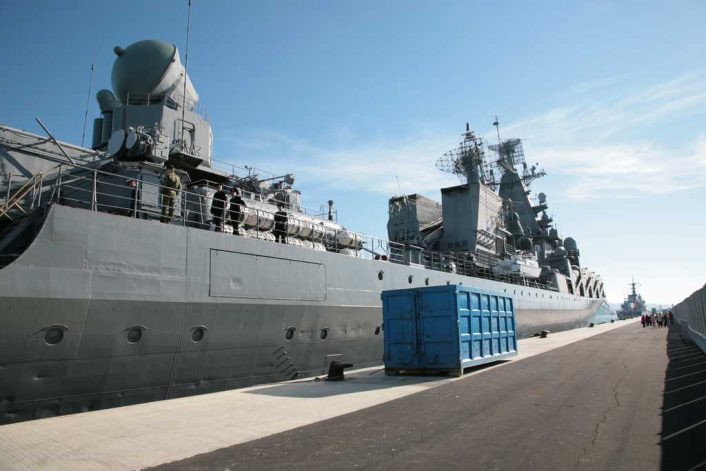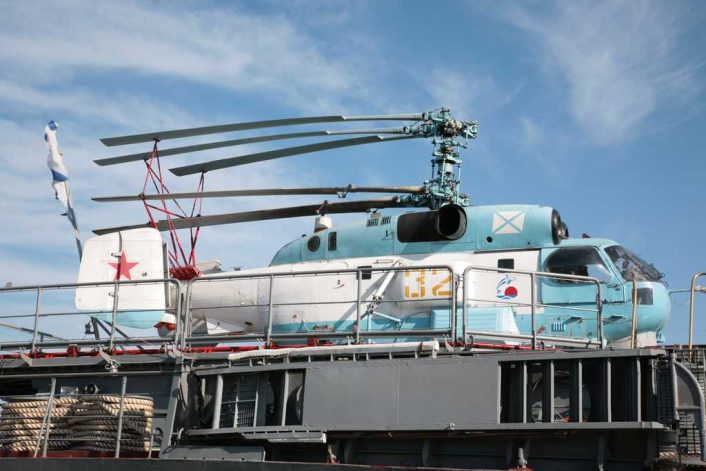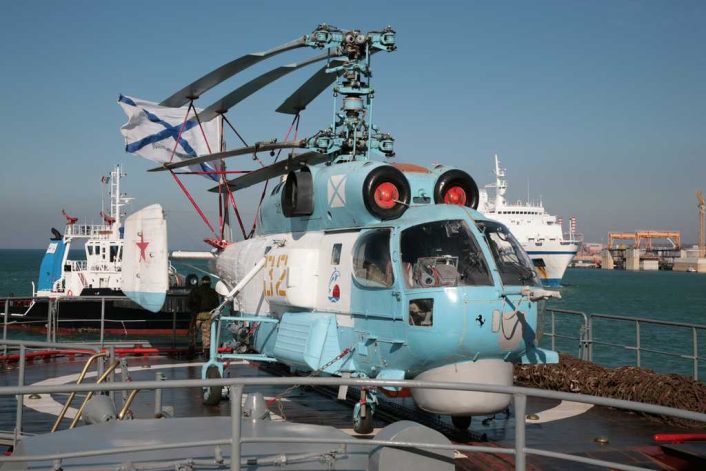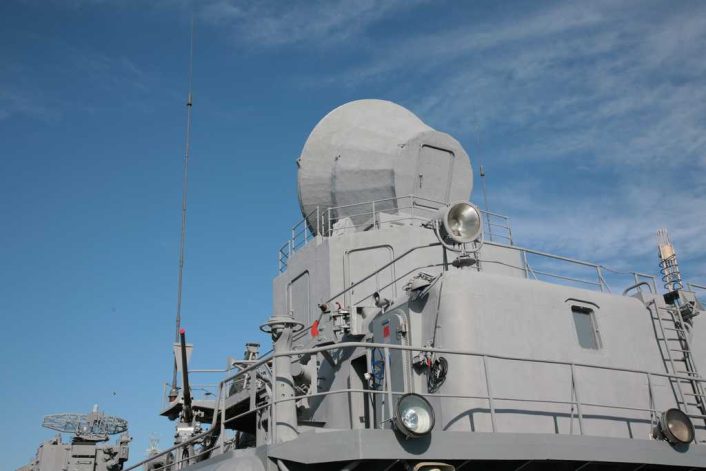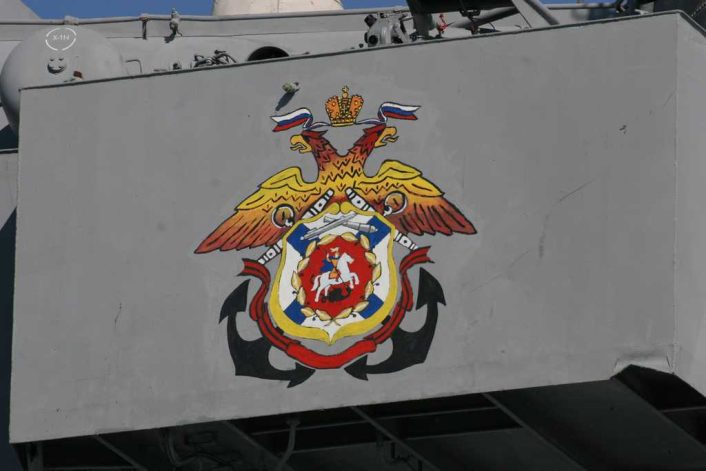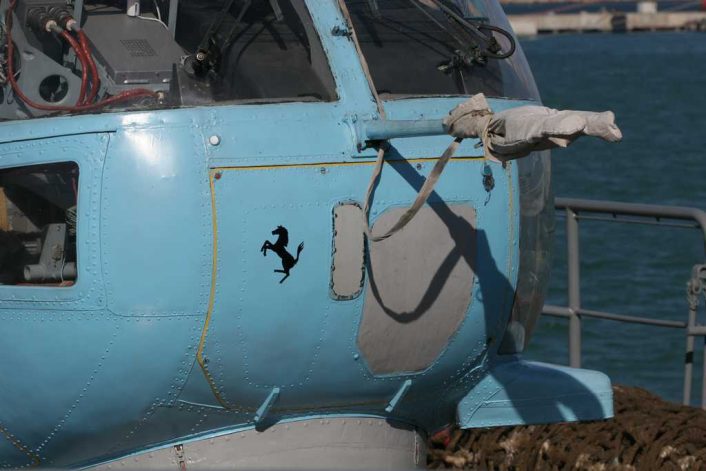Years ago we had the unique chance to visit the Russian guided missile cruiser “Moskva”. And here are all the photographs we took during that unprecedented tour.
As explained in detail in a previous article, the Project 1164 Slava class cruiser Moskva, the flagship of the Russian Navy’s Black Sea Fleet, suffered heavy damage and its 510-crew forced to evacuate. The guided missile cruiser, that eventually sank, was operating in the Black Sea when an explosion occurred: the Russians claim that a fire broke out on board causing ammunition to explode, whereas the Ukrainians claim the Moskva was hit by anti-ship missiles.
Moskva is considered one of the Russian Navy’s most important warships and a key asset to support the Odesa beach landing. That’s why the loss is a significant blow for Russia. Because of its armament, the warship is considered as a credible anti-access/area denial asset which essentially restricted the movements of Ukrainian forces in the south of the country. The Mosvka was previously deployed in the Syria conflict where it supplied Russian forces in the country with naval protection in exactly the same role, following the downing of a Russian Su-24 by the Turkish Air Force in 2015.
Moskva was built in Ukraine during the Soviet-era and entered service in the early 1980s with the name Slava, before being recommissioned in 2000 with the current name. The cruiserunderwent a major refit five years ago, and in its current configuration is armed with 16 P-1000 Vulkan anti-ship missiles, 64 S-300F (SA-N-6 Grumble) long-range surface-to-air missiles, 40 OSA-MA (SA-N-4 Gecko) short-range surface-to-air missiles, a twin AK-130 130mm dual purpose gun, as well as six AK-630 close-in weapon systems and electronic warfare systems and decoys to provide a high degree of protection.
Earlier, in 2008, the warship made a port visit to Civitavecchia in central Italy, on the Tyrrhenian Sea. Those were much different times: back then, the Russian warship made the port call along with the Italian Frigate Maestrale. They spent together a few days at the port located about 60 kilometers to the northwest of Rome before departing for a joint naval exercise in the Mediterranean Sea.
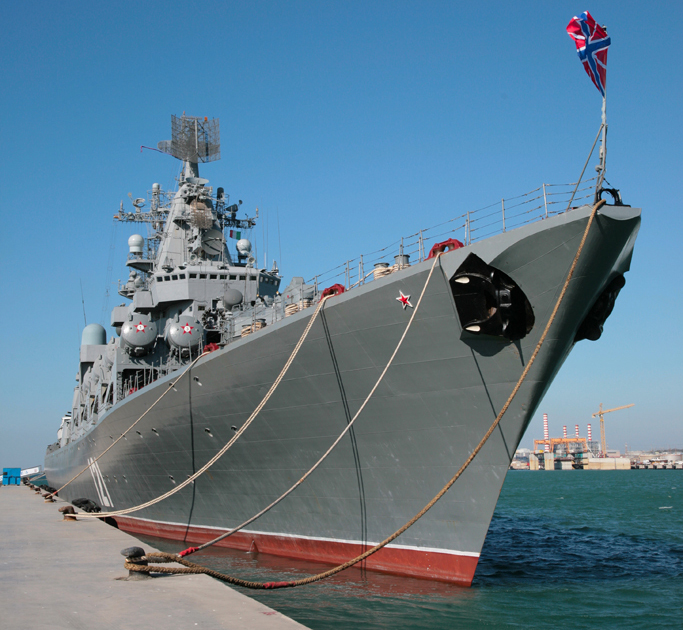
The port visit of the Russian guided missile cruiser was announced by the Marina Militare (Italian Navy) on their official website: the ship arrived on Feb. 5 and could be visited on Feb. 7, 2008, the day before sailing away to take part in the drills. The Aviationist‘s Giovanni Maduli went aboard the ship and took the exclusive images you can find in this post, the wide majority of those were never released before.
These detailed shots provide an unprecedented look at the flagship of the Russian Navy Black Sea fleet before it was damaged.
